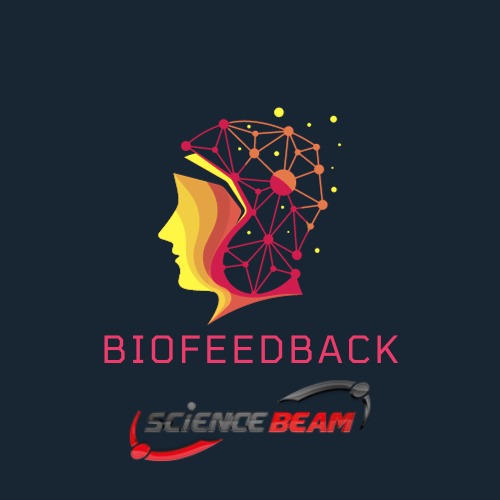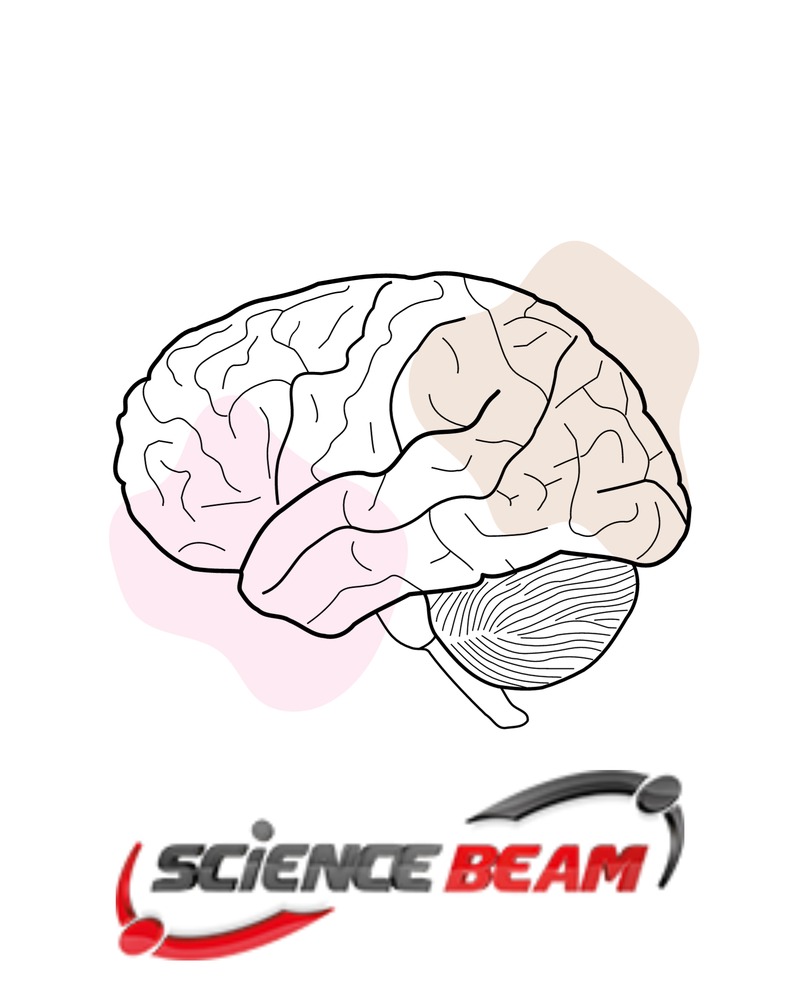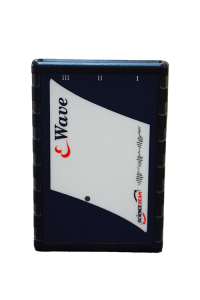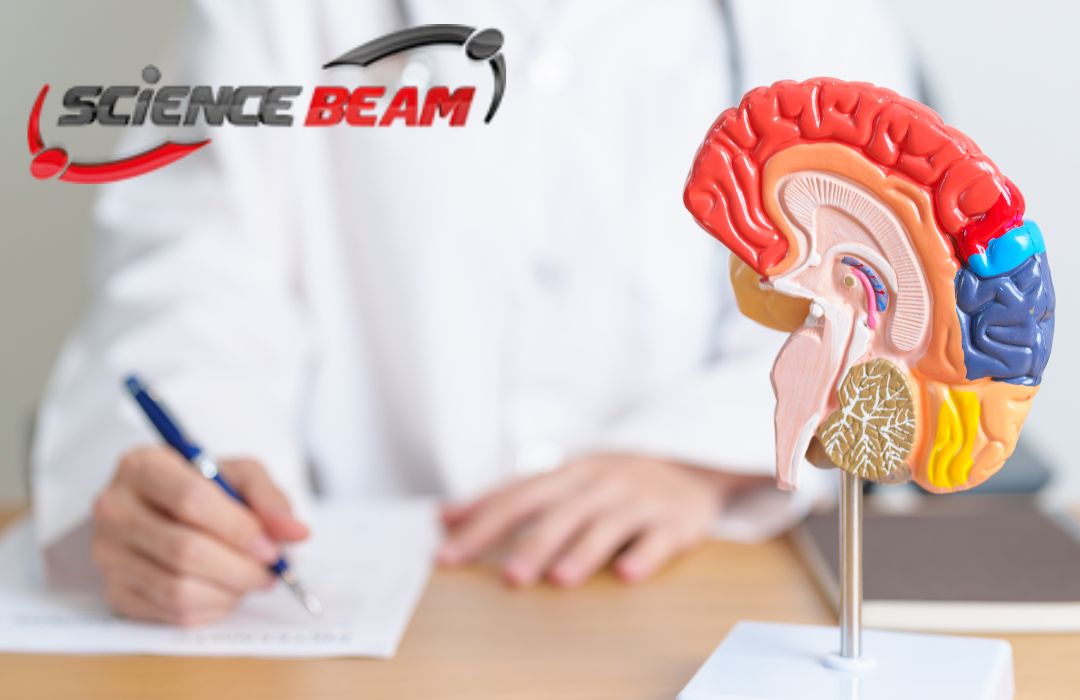What is biofeedback?
Biofeedback is a therapeutic technique that involves the use of electronic monitoring instruments to provide individuals with real-time information about physiological processes in their bodies. The goal of biofeedback is to help individuals gain better control over these processes, ultimately leading to improved physical and mental health.
During a biofeedback session, sensors are attached to different parts of the body to measure specific physiological parameters such as heart rate, muscle tension, skin temperature, or brainwave activity. The information collected by these sensors is then displayed on a monitor, allowing individuals to see and learn about their body’s responses.
Through this real-time feedback, individuals can become more aware of their physiological processes and learn how to control them voluntarily. The idea is that by understanding and consciously influencing these bodily functions, individuals can achieve better health outcomes and manage conditions such as stress, anxiety, pain, and various other disorders.
Biofeedback is often used in combination with other therapeutic approaches and has been applied to various health issues, including chronic pain, migraines, anxiety disorders, hypertension, and more. It is typically administered by trained healthcare professionals, such as psychologists, physical therapists, or other specialists.

Biofeedback and our body
Biofeedback relies on the principle that our bodies constantly produce physiological signals that can be measured and monitored. Various physiological processes in the body, such as heart rate, muscle tension, skin temperature, and brainwave activity, generate electrical signals or other measurable indicators. By using sensors and monitoring devices, biofeedback can capture and provide real-time information about these bodily functions.
Here are some common parameters that biofeedback can monitor:
1. **Electromyography (EMG):** Measures muscle tension and activity. It can be useful for conditions involving muscle pain, tension headaches, and stress-related muscle disorders.
2. **Electrodermal Activity (EDA):** Monitors changes in skin conductance, which can be indicative of arousal and emotional responses. EDA is often used in stress management and anxiety treatment.
3. **Heart Rate Variability (HRV):** Measures the variation in time between consecutive heartbeats. HRV is linked to the autonomic nervous system and can be used in stress management and cardiovascular health.
4. **Temperature Biofeedback:** Monitors changes in skin temperature, which can be influenced by stress and relaxation. It is often used for conditions such as migraine and Raynaud’s disease.
5. **Neurofeedback (EEG Biofeedback):** Measures brainwave activity using electroencephalography (EEG). Neurofeedback is used to train individuals to regulate their brainwave patterns and is applied in conditions such as attention deficit hyperactivity disorder (ADHD) and anxiety.
During a biofeedback session, individuals learn to interpret the feedback provided by the monitoring devices and are guided to consciously control or influence these physiological processes. This self-regulation can lead to improved health outcomes and symptom management. Biofeedback is often utilized as part of a comprehensive treatment plan and can complement other therapeutic interventions for various health issues.
Biofeedback method
Biofeedback methods involve the use of sensors and monitoring devices to measure physiological processes in real-time. The process typically includes the following steps:
1. **Assessment:** The first step in biofeedback involves a thorough assessment of the individual’s condition and symptoms. The healthcare professional determines which physiological parameters need to be monitored based on the specific health issue being addressed.
2. **Sensor Placement:** Sensors are attached to the individual’s body to measure the chosen physiological parameters. The placement of sensors depends on the targeted bodily functions, such as attaching sensors to the skin for skin temperature or muscle activity, or placing electrodes on the scalp for neurofeedback.
3. **Data Collection:** The sensors continuously collect data on the selected physiological signals. This information is then fed into a biofeedback system, which processes and displays the data in a way that is understandable to the individual.
4. **Feedback Display:** The real-time feedback is presented to the individual through visual or auditory cues. This can be in the form of graphs, charts, tones, or other indicators on a computer screen or a device. For example, a person undergoing electromyography (EMG) biofeedback might see a visual representation of their muscle tension levels.
5. **Training and Practice:** Based on the feedback, individuals are guided through specific techniques to achieve desired changes in their physiological responses. This may involve relaxation techniques, deep breathing, mental imagery, or other strategies. The goal is for the individual to learn how to consciously control these physiological processes.
6. **Reinforcement:** Positive reinforcement is often incorporated into the biofeedback process. As individuals successfully regulate their physiological responses, they receive positive feedback, which can enhance their ability to self-regulate.
7. **Home Practice:** In some cases, individuals may be given exercises or practices to do at home between biofeedback sessions to reinforce the learned self-regulation skills.
8. **Progress Monitoring:** Throughout the biofeedback sessions, the healthcare professional monitors the individual’s progress and may adjust the training protocol accordingly.
Biofeedback is a collaborative process between the individual and the healthcare professional, and it is often used in conjunction with other therapeutic interventions. The number of sessions needed varies depending on the specific condition and the individual’s response to the training. Overall, biofeedback aims to empower individuals to actively participate in their health and well-being by gaining control over their physiological processes.

Number of biofeedback sessions
The number of biofeedback sessions needed can vary widely based on the individual’s specific condition, the severity of symptoms, and how well they respond to the training. In some cases, individuals may experience benefits after just a few sessions, while others may require more extensive training over several weeks or months. The healthcare professional conducting the biofeedback sessions will typically assess progress and determine the appropriate number of sessions based on the individual’s needs.
For certain acute conditions or specific symptoms, a shorter course of biofeedback treatment might be sufficient. For chronic conditions or those requiring long-term management, a more extended and ongoing series of sessions may be recommended.
It’s important to note that biofeedback is often used as part of a comprehensive treatment plan, and its effectiveness may be enhanced when combined with other therapeutic interventions. The healthcare provider may also provide guidance on home practice exercises to reinforce the learned self-regulation skills between sessions.
Individual responses to biofeedback can vary, and factors such as the individual’s commitment to practicing the techniques outside of sessions, overall health, and the complexity of the targeted physiological processes all play a role in determining the optimal number of biofeedback sessions.
Ultimately, the healthcare professional overseeing the biofeedback treatment will continually assess progress and make recommendations based on the individual’s specific needs and goals.
Discussion
In conclusion, biofeedback is a therapeutic technique that leverages real-time monitoring of physiological processes to empower individuals in gaining voluntary control over various bodily functions. The method involves the use of sensors and monitoring devices to measure parameters like muscle tension, skin temperature, heart rate, and brainwave activity. The information gathered is then presented to individuals in real-time, allowing them to learn and develop self-regulation skills.
Key points about biofeedback include:
Individualized Approach: Biofeedback is tailored to the individual’s specific health condition and symptoms. The choice of physiological parameters to monitor depends on the targeted health issue.
Collaborative Process: Biofeedback sessions involve collaboration between the individual and a healthcare professional. The professional guides the individual through techniques to influence and control physiological responses.
Positive Reinforcement: Positive feedback is often incorporated into the biofeedback process, reinforcing successful self-regulation. This positive reinforcement can enhance the individual’s ability to control their physiological functions.
Comprehensive Treatment: Biofeedback is frequently used as part of a comprehensive treatment plan and may complement other therapeutic interventions. It is often employed in conjunction with strategies such as cognitive-behavioral therapy, relaxation techniques, and lifestyle modifications.
Varied Applications: Biofeedback has been applied to a wide range of health issues, including stress management, anxiety disorders, chronic pain, migraines, and various other conditions. Neurofeedback, a form of biofeedback focused on brainwave activity, has been used for conditions like ADHD and anxiety.
Variable Duration: The number of biofeedback sessions needed can vary widely based on the individual’s condition and response to training. Shorter courses may be effective for acute issues, while chronic conditions may require a more extended and ongoing series of sessions.
Empowerment and Self-Management: One of the core principles of biofeedback is to empower individuals to actively participate in their health and well-being. By learning to control physiological responses, individuals may experience improved symptom management and overall well-being.
While biofeedback has shown effectiveness in various contexts, it’s essential to recognize that individual responses can vary. The integration of biofeedback into a holistic treatment plan, coupled with the commitment of the individual to practice learned techniques, contributes to the overall success of the approach.


